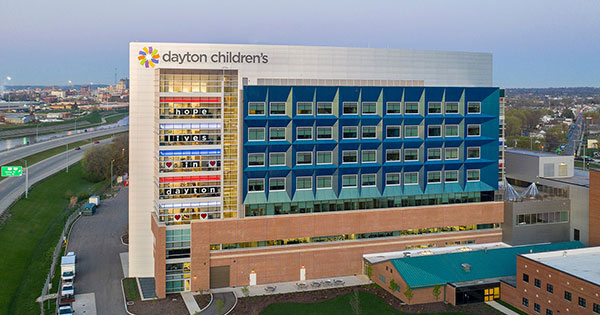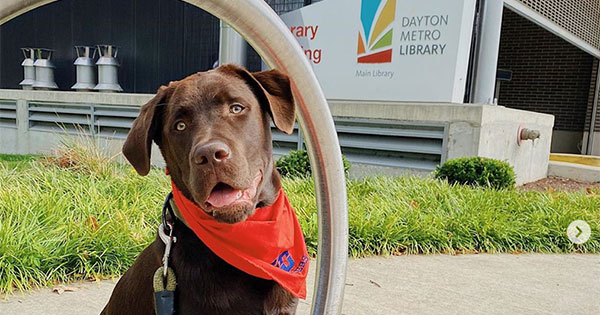The impact of racism on children's health
The impact of racism on children's health
“Racism is a socially transmitted disease. It’s taught, it’s passed down.”
Dr. Maria Trent, Chair of the American Academy of Pediatrics Section on Adolescent Health, and co-author of the Academy’s 2019 statement on the impact of racism on child and adolescent health.
While the death of George Floyd has focused us all on the tremendous injustice of racism, the impact is far greater when we consider the lifelong experiences of so many of our children and their families. The American Academy of Pediatrics has recognized that universal interventions to eliminate racism (as a victim or a bystander) require us to engage in active and purposeful societal antiracism in order to optimize the well-being of all children and the adults who care for them.
At Dayton Children’s, our mission is “the relentless pursuit of optimal health for every child within our reach.”
We know that a world with racism does not lead to a world with optimal health for our kids. We must look at the disparities of health among races, look for solutions and relentlessly pursue the elimination of racism.
The effects of racism begin before children are born.
More and more research shows that the chronic stress of experiencing and witnessing racism leads to higher rates of prematurity and infant deaths before the first birthday.
From 2013-2017, black babies died at a rate 4 times higher than white babies in Montgomery County.
EveryOne Reach One, the Dayton & Montgomery County Infant Mortality Task Force, was established in 2017 to mobilize the entire community to address this incredible disparity, and yet major gaps persist. Babies born too early or with low birth weight have higher rates of developmental and behavioral challenges that may lead to difficulties throughout life.
Yet, there is growing evidence that even children who are healthy at birth, but later experience or witness racism, may suffer profound negative effects on their developmental, behavioral, and health outcomes.
While race is biologically meaningless, its social and political underpinnings influence our behavior beginning in infancy. Louise Derman-Sparks has written about how race awareness develops for 40 years. She found that:
- By 6 months of age, infants begin to notice and respond to skin color cues.
- 2-3 year olds may match people based on physical characteristics and can recognize differences in skin color.
- 4 year olds can recognize basic racial stereotypes and can have strongly rooted race-related values (ex: a black man is dangerous)
- By age 7, children are aware of racism against their own racial or cultural group.
- By adolescence, youth have the capacity to understand how cultural and institutional racism and oppression work.
Racism is a social driver of health and an established significant cause of childhood adversity, which like other adverse childhood experiences can dramatically increase the risk of chronic diseases like asthma, heart disease, and high blood pressure, but also learning problems and substance use.
Children who experience racism have higher rates of behavior problems, school absenteeism, and lower high school and college graduation rates.
The most recent data from the National Center for Education Statistics show that while 89% of white youth graduate from high school, only 78% of black youth graduated in 2017. Among those who entered college in 2011, 64% of white and just 40% of black students had obtained a bachelor’s degree at the same college that they started after 6 years.
Those of us who are bystanders must identify critical situations, view them as an emergency, develop a sense of personal responsibility, see ourselves as effective in achieving success, perceive the costs of not acting as high, and consciously decide to help.
We can all make a difference. We must break the cycle of this socially transmitted disease.



















